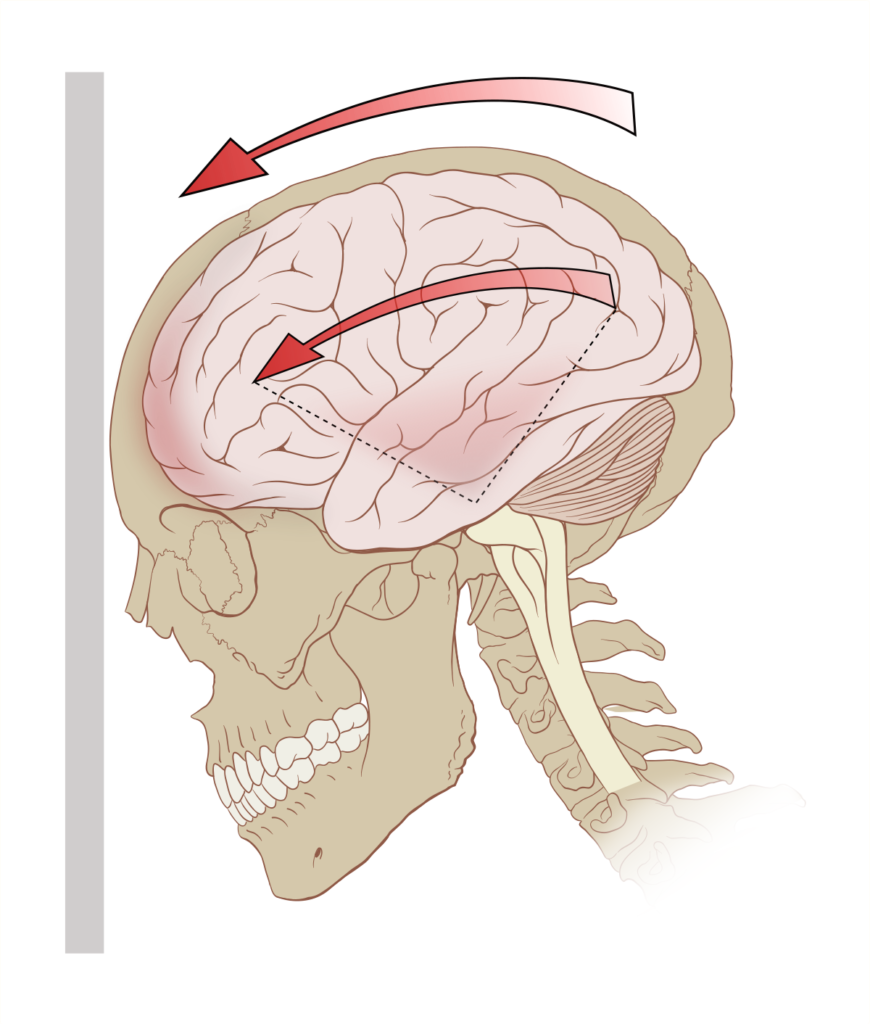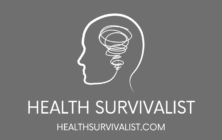
A concussion is a type of traumatic brain injury that occurs due to a blow or jolt to the head or body, causing the brain to move rapidly within the skull. It is a common injury that can happen to anyone, from athletes engaging in sports to individuals involved in accidents or falls. In this article, we will delve into the causes, symptoms, and recovery process of concussions to provide you with a comprehensive understanding of this condition.

Causes of Concussions
Concussions can result from various incidents, including:
- Sports Injuries: Participation in contact sports, such as football, soccer, or hockey, increases the risk of concussions. Collisions, falls, or blows to the head during gameplay can lead to head injuries.
- Motor Vehicle Accidents: Car accidents, especially those involving high impact or sudden stops, can cause the head to collide with the steering wheel, windshield, or other objects, resulting in a concussion.
- Falls: Falls, particularly among older adults or young children, are a common cause of concussions. Slipping, tripping, or falling from heights can lead to head injuries.
- Physical Assault: Violent encounters or physical altercations that involve blows or strikes to the head can result in concussions.
It’s important to note that each individual and situation is unique, and the causes of concussions may vary.
Symptoms of Concussions
Symptoms of a concussion can manifest immediately after the injury or may be delayed, appearing hours or even days later. Common symptoms include:
- Headache: Persistent or worsening headaches are a typical symptom of concussions.
- Confusion and Memory Problems: Difficulty concentrating, confusion, memory loss, or difficulty recalling recent events may occur.
- Nausea and Vomiting: Some individuals may experience feelings of nausea or vomiting following a concussion.
- Dizziness and Balance Issues: Feeling unsteady or experiencing problems with coordination and balance can be indicative of a concussion.
- Sensitivity to Light and Noise: Concussions may cause heightened sensitivity to light and noise, leading to discomfort or irritability.
- Changes in Sleep Patterns: Sleeping more or less than usual, difficulty falling asleep, or disturbances in sleep patterns may occur.
It is important to remember that symptoms can vary from person to person, and individuals may experience a combination of these or other symptoms.
Recovery and Treatment
Recovery from a concussion typically involves rest and allowing the brain to heal. The duration of recovery varies depending on the severity of the injury and individual factors. Here are some general guidelines for concussion recovery:
- Physical and Cognitive Rest: Engaging in physical and cognitive activities that worsen symptoms should be avoided. This may include limiting activities such as exercise, screen time, reading, or mentally demanding tasks.
- Gradual Return to Activities: As symptoms improve, a gradual return to normal activities is recommended. This process involves incrementally increasing physical and cognitive demands while monitoring for any recurrence or worsening of symptoms.
- Medical Evaluation and Monitoring: It is essential to seek medical evaluation and follow-up care for concussions. Healthcare professionals can provide an accurate diagnosis, monitor progress, and offer guidance on managing symptoms.
- Symptom Management: Pain relievers prescribed by healthcare professionals may help manage headaches or discomfort associated with concussions. However, it is crucial to consult with a healthcare professional before taking any medication.
- Support and Education: Concussion support groups and educational resources can be valuable in providing information, guidance, and emotional support throughout the recovery process.
Preventing Concussions
While it may not be possible to prevent all concussions, there are preventive measures you can take to reduce the risk:
- Wear Protective Gear: Use appropriate protective gear, such as helmets, mouthguards, and padding, when engaging in sports or activities with a risk of head injuries.
- Maintain a Safe Environment: Make your surroundings safe by removing hazards, securing rugs, installing handrails, and using nonslip mats to prevent falls.
- Follow Safety Guidelines: Adhere to safety guidelines and regulations in sports, recreational activities, and workplaces to minimize the risk of head injuries.
- Promote Awareness: Educate yourself and others about the signs, symptoms, and risks of concussions to promote early recognition and appropriate action.
Concussions are a common type of traumatic brain injury that can occur due to various incidents. Understanding the causes, recognizing the symptoms, and seeking appropriate medical attention are crucial steps in managing and recovering from concussions. By prioritizing safety measures, promoting awareness, and implementing preventive strategies, we can work towards reducing the occurrence and impact of concussions. Remember, if you suspect a concussion or have experienced a head injury, consult with a healthcare professional for an accurate diagnosis and guidance tailored to your specific situation.
As an Amazon Associate we earn from qualifying purchases through some links in our articles.




